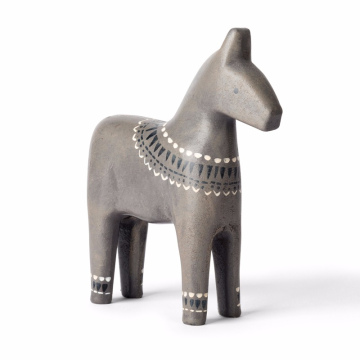Endless Flavors
Introduction to Donburi
Donburi, a cherished staple in Japanese cuisine, represents a harmonious blend of history, culture, and flavor. Originating from traditional dining practices, donburi refers to a bowl of steamed rice topped with a variety of ingredients, creating a meal that is nourishing and satisfying. Its inception can be traced back to the Edo period when the concept of serving food in a bowl gained popularity among the rising merchant class. As a result, donburi emerged as an accessible yet flavorful dish, embodying not only convenience but also creativity in its presentation.
The significance of donburi extends beyond mere sustenance; it showcases the diversity and richness of Japanese culinary arts. Each donburi is a personal expression of regional flavors, seasonal ingredients, and cooking techniques. This versatility has propelled the dish into various forms, enabling chefs and home cooks alike to innovate while preserving the essence of this time-honored meal. Today, donburi can be found in myriad variations, ranging from the richly flavored gyudon (beef donburi) to the delicate sashimi donburi, demonstrating its adaptability to different tastes and preferences.
At its core, a donburi consists of three essential components: rice, toppings, and sauce. The rice is typically short-grain Japanese rice, known for its sticky texture and ability to hold flavors. The toppings can vary widely, encompassing proteins like chicken, seafood, or vegetables, often cooked in flavorful broths or glazes to enhance their taste. Completing this delightful dish, sauces play a pivotal role in imparting depth and umami, transforming a simple bowl of rice into an extraordinary culinary experience. As we explore the various donburi varieties, it becomes clear that this beloved dish serves as a canvas for culinary creativity, marrying tradition with innovation.
One Bowl, Endless Flavors: Exploring Japan’s Donburi Culture
Explore the world of Donburi, a beloved staple of Japanese cuisine that combines rice, flavorful toppings, and savory sauces. Discover its rich history, cultural significance, and modern adaptations. Learn about popular varieties like gyudon, katsudon, and unadon, and find tips and recipes for making your own delicious donburi at home. Whether you're a seasoned chef or a curious beginner, this culinary journey will inspire you to embrace the versatility and creativity of this comforting dish.




